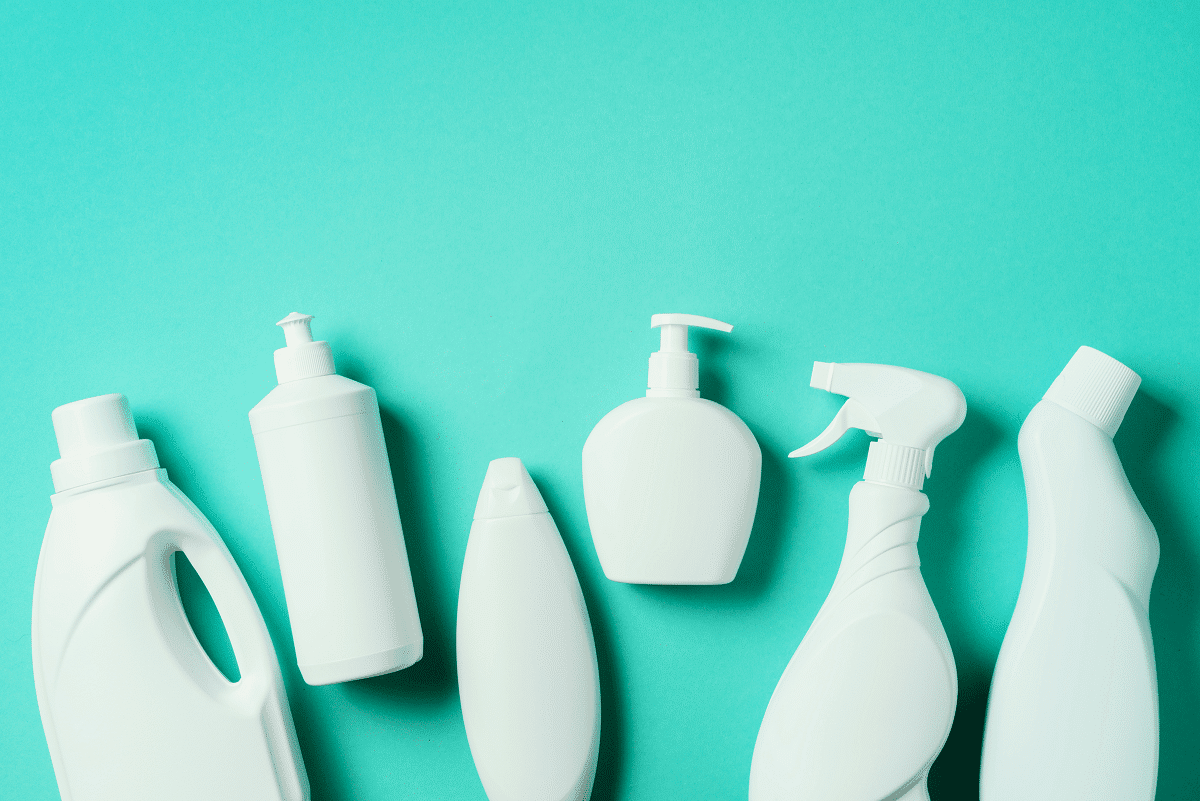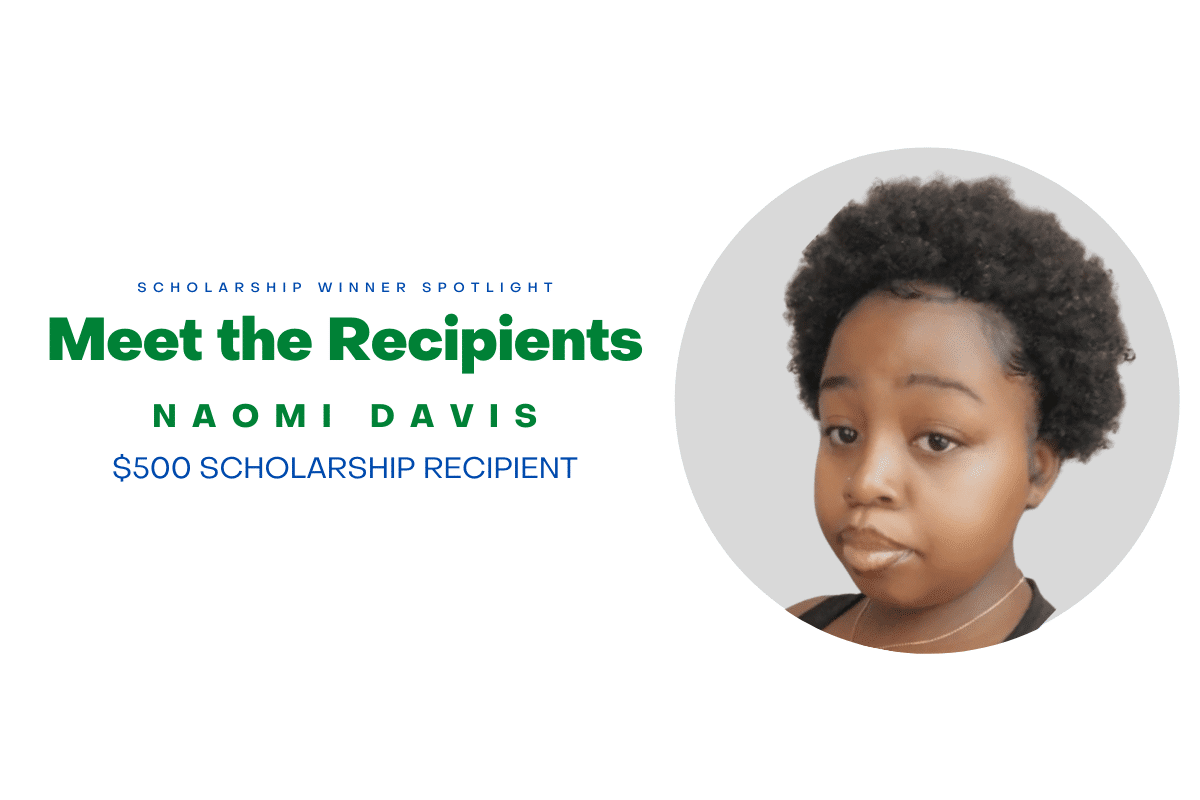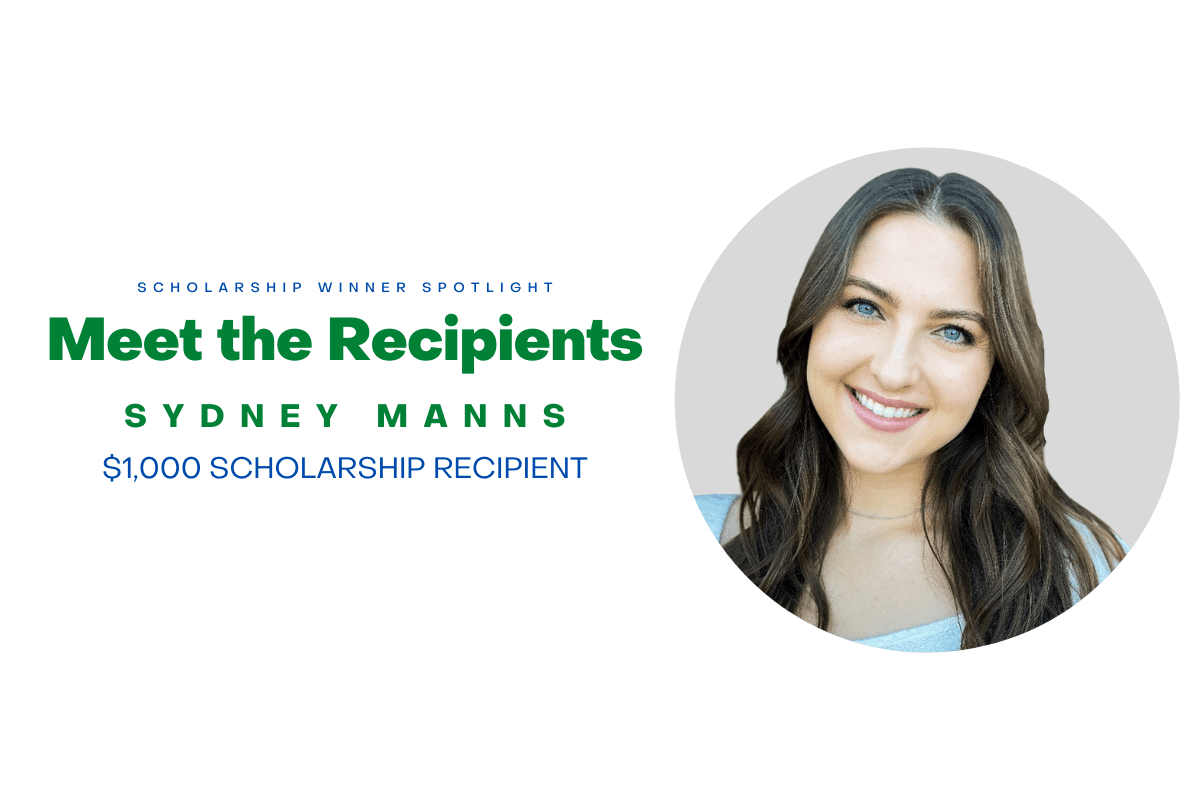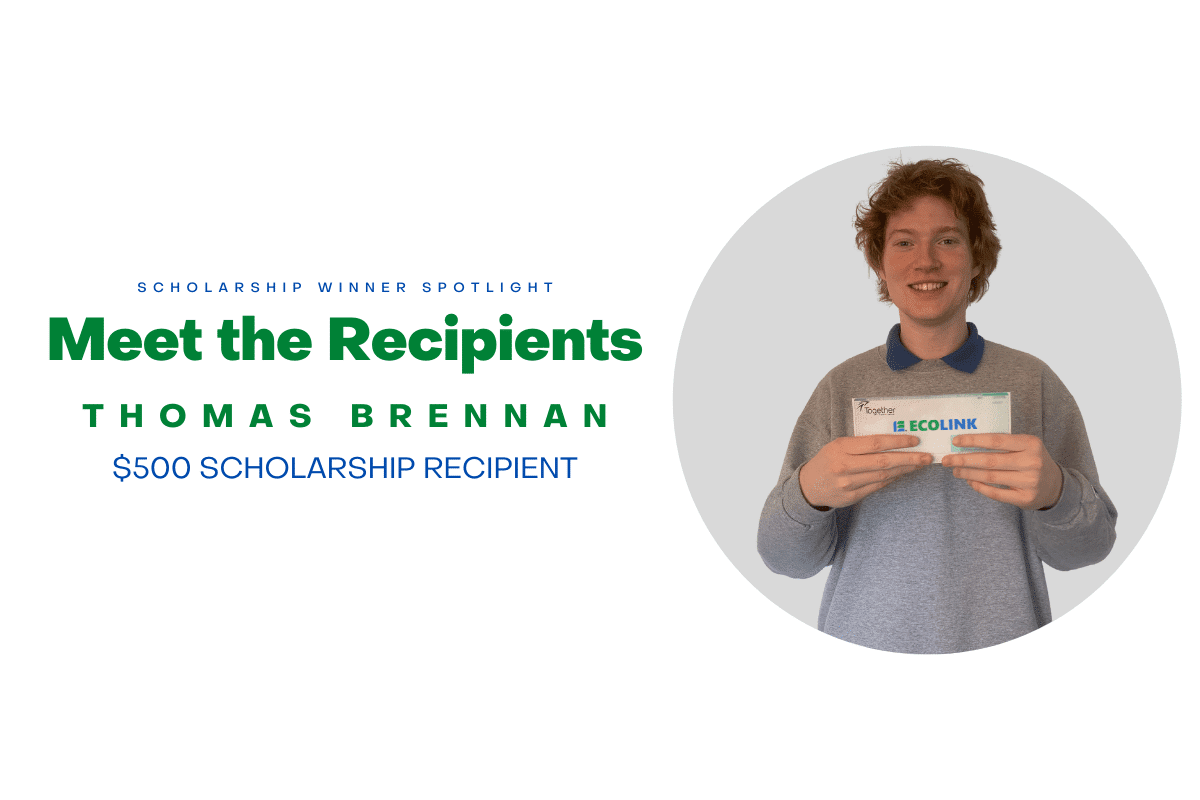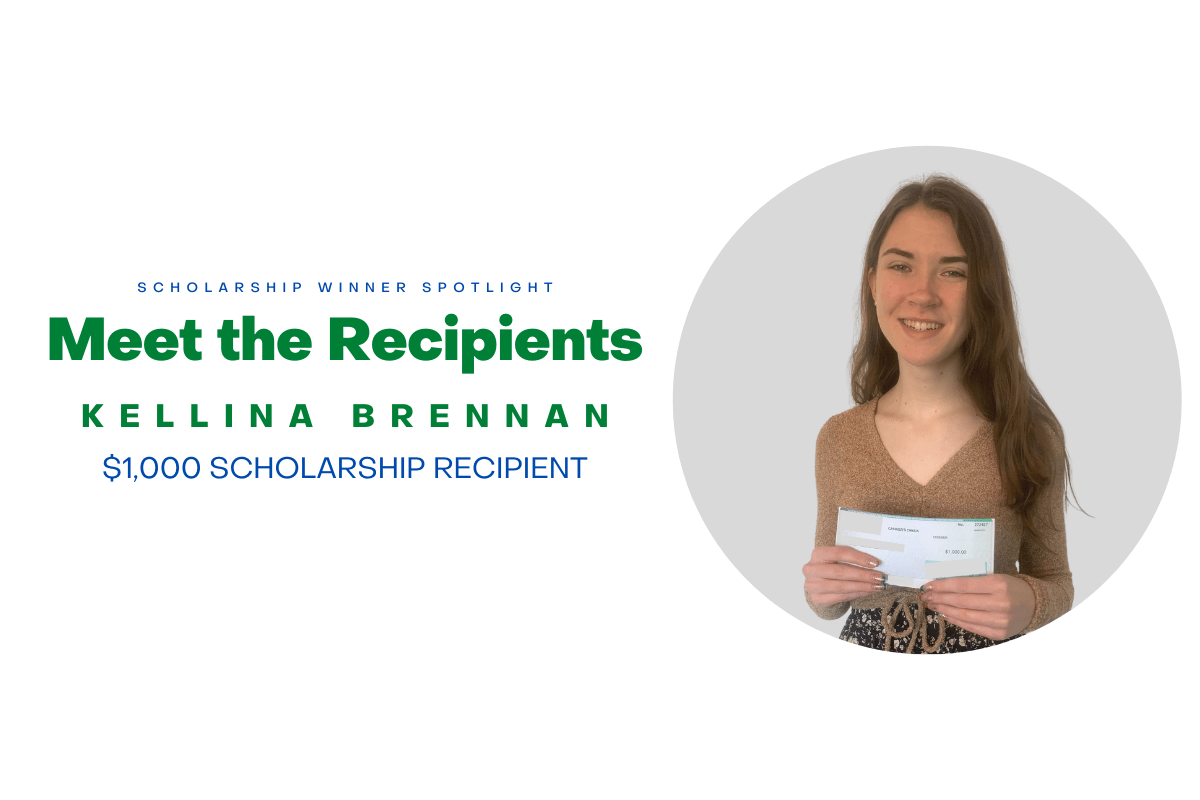Chemically enhancing agricultural yields has been a process used in America since the 1930s and spurred an agricultural boom that has led to an unprecedented production of efficiently grown produce. However, this doesn’t come without adverse effects. Soil leaching,...




